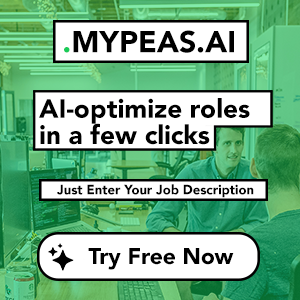The artificial intelligence (AI) landscape is set for a groundbreaking shift with the well-anticipated release of OpenAI’s GPT-5. According to OpenAI’s Chief Technology Officer (CTO), Mira Murati, ChatGPT-5 is expected to achieve Ph.D.-level intelligence in specific tasks by late 2025 or early 2026. This level of intelligence is a big jump from its predecessor, ChatGPT-4, launched last year.
Internally codenamed “Gobi” and “Arrakis,” GPT-5 will be a multimodal model with an estimated 52 trillion parameters. Despite initial rumors of a 2023 release, OpenAI CEO Sam Altman has clarified that there is no fixed timeline, and the model’s name might change.
Major Jump in AI Capabilities
The progression from GPT-4 to GPT-5 is compared to advancing from a high school to a university level of understanding. This jump underscores a big improvement in the model’s refinement and capabilities. Murati recently discussed these advancements at Dartmouth Engineering, highlighting the transformative potential of GPT-5.
At the 2024 Berggruen Salon, Microsoft CTO Kevin Scott noted GPT-5’s potential to pass complex exams, hinting at its improved reasoning and problem-solving abilities. This next-gen AI system is expected to lower the barrier to entry into AI, making powerful tools more accessible.
Timeline and Expectations
The development of ChatGPT-5 began in December 2023, with a public release anticipated after the 2024 US elections. Alan D. Thompson, an AI expert, had initially predicted a December 2024 release. However, recent updates suggest a release closer to late 2025 or early 2026. This extended timeline allows OpenAI to guarantee the power and intelligence of the system.
Murati highlighted that ChatGPT-5’s high-level performance would be task-specific. Current AI systems already show human-level abilities in some areas, and GPT-5 aims to expand these capabilities further.
Preparing for the Future of AI
Mira Murati also stressed the importance of integrating safety measures with technological advancements. She mentioned that future AI systems would have agentic capabilities, allowing seamless collaboration between AI and humans. This collaboration will require embedded safety guardrails to guide the intelligent systems effectively.
Key Takeaways:
- Ph.D.-Level Intelligence: GPT-5 aims to achieve advanced intelligence in specific tasks by late 2025 or early 2026.
- Significant Progression: It represents a major jump in AI capabilities from high school to university-level understanding.
- No Fixed Timeline: While initially expected in 2023, GPT-5’s release has been pushed to ensure quality and power.
- Multimodal Model: The model will feature 52 trillion parameters, improving reasoning and problem-solving abilities.
- Safety Measures: Integrating safety measures with AI development is crucial for future collaborations between AI and humans.



